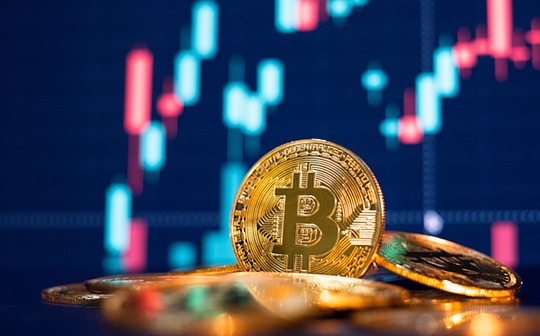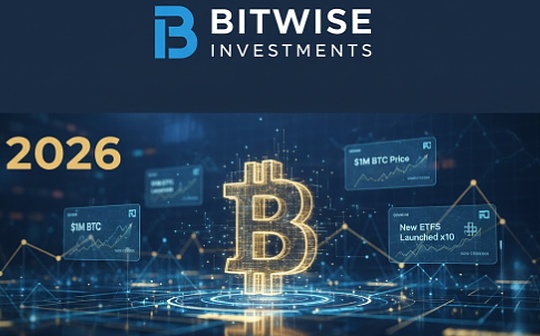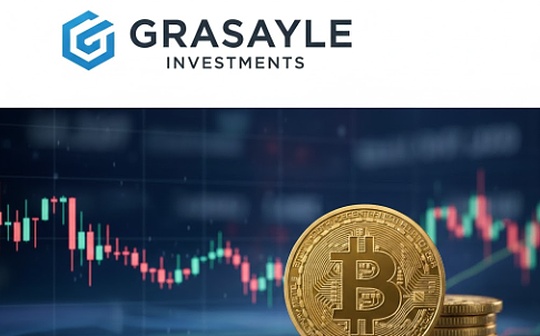
Author: Darius Moukhtarzadeh Source: cointelegraph Translation: Shan Oppa, Bitchain Vision
A series of emerging projects and technological innovations are improving the practicality of the Bitcoin ecosystem and extending its uses beyond traditional store of value.
Bitcoin is the oldest, most influential and secure blockchain and asset in the crypto space.Recently, it has proved its strength to doubters by breaking through the psychologically important threshold of $100,000 and continuously setting a record high.Despite the steady rise in acceptance of Bitcoin, its main uses have changed since its birth 15 years ago.From being originally created as a peer-to-peer digital currency, it has developed into being regarded as “digital gold”.
While the “digital gold” narrative has attracted a growing number of institutional and retail investors – as the record inflows following the launch of Bitcoin Exchange Traded Funds (ETFs) in January 2024, as well as recent all-time highs, suggest thatThat’s it – but the vast majority of Bitcoins are still in their wallets and underutilized.Given its market value of more than $2 trillion, Bitcoin’s liquidity has huge potential and is yet to be developed.
Fortunately, a fast-growing Bitcoin decentralized finance (DeFi) application with layer two solutions (L2) is unlocking Bitcoin liquidity and creating a native DeFi ecosystem that will become the hottest in crypto space in 2025One of the new tracks.
Bitcoin L2 and DeFi projects are increasing activity and adoption
Due to the limited functionality of Bitcoin’s smart contracts, the Bitcoin L2 solution is crucial for Bitcoin DeFi to become a reality.The number of L2 has grown to over 75 projects over the past three years.Various L2s are gaining attention and maturing, such as Pantera-backed Mezo, which recently launched a testnet with plans to launch its mainnet in the first quarter of 2025.Similarly, BOB supports Bitcoin DeFi in an Ethereum virtual machine-compatible environment and has attracted more than 300,000 independent users since its launch in May 2024.
As one of the most mature Bitcoin tier 2, Stacks completed the Nakamoto upgrade in the fourth quarter of 2024.This upgrade introduces performance improvements, including faster block time and complete Bitcoin finality.In addition, Stacks is preparing to launch sBTC, a decentralized and programmable version of Bitcoin, with 1:1 support in mid-December.This innovation will enable Bitcoin’s transfer between Layer 1 and Layer 2 without relying on centralized solutions like Wrapped Bitcoin (WBTC) on Ethereum.
Binance, the world’s largest crypto exchange, is expanding its Bitcoin DeFi product, nominating three of the most popular Runes (replaceable tokens on Bitcoin) for futures listings.In addition, Binance announced the provision of Bitcoin staking services through the Babylon protocol as part of Binance Earn, thereby achieving on-chain profits.
Adoption rate is reflected in the increase in TVL
The growing interest in Bitcoin DeFi is reflected in Bitcoin’s TVL, which hit an all-time high of $7.48 billion on December 16 (excluding TVL of L2 such as Mezo or BOB).This figure grew significantly in the fourth quarter of 2024, with much of its value locked in restaking agreements such as Babylon and Lombard.While Bitcoin DeFi’s TVL is still small compared to Ethereum’s $68.35 billion as of January 17, it shows growing interest in Bitcoin DeFi applications.This number will rise significantly in the coming months and years as more projects mature, launch the mainnet and issue their own tokens (multiple TGEs are expected to be available in 2025).
Regulatory clarity is expected to encourage investors
The political and regulatory environment in the United States is changing.Under the Trump administration, crypto-friendly figure Paul Atkins serves as chairman of the Securities and Exchange Commission (SEC) and David Sacks serves as the administration’s “head of artificial intelligence and crypto”, the United States seems to be in a direction of more support for cryptocurrencies.Step forward.
More precise legal and policy guidance will give investors greater confidence when using their crypto assets for DeFi applications.This shift in policy and attitude is at a critical moment, as the newly-developed Bitcoin DeFi field is ready to flourish in this more friendly regulatory environment than in the past.
Some critics argue that the giant whales of Bitcoin may object to increasing the practicality of Bitcoin because they believe that Bitcoin is perfect enough.The debate surrounding Ordinals and Inscriptions shows that not everyone is excited about the new features on Bitcoin.However, it is unclear whether these voices represent the perception of most Bitcoin communities.Even if a considerable number of holders choose to keep Bitcoin as it is, and only a small portion of the Bitcoin supply enters the DeFi sector, this industry may still reach a significant scale.
Calculation by Messari research analyst Kinji Steimetz shows that if Bitcoin’s DeFi penetration is the same as WBTC’s penetration (2.87% of its total potential market), Bitcoin’s value in DeFi will reach $47 billion.This calculation emphasizes the huge potential of Bitcoin DeFi, and even a small penetration rate is enough to create a completely new and important industry.This scale will be enough to make it among the top ten projects in market value, thereby further encouraging innovation and more participation.
Bitcoin DeFi may consolidate Bitcoin’s security budget
Unlocking Bitcoin’s liquidity through DeFi can enhance its practicality beyond store of value.With the emergence of advanced infrastructure, new applications and favorable policies, Bitcoin will transform from a passive asset to a productive asset, providing earnings opportunities and building a more dynamic on the most mature blockchain.and an ecosystem of engagement.
These developments may in turn enhance Bitcoin’s cybersecurity.As more use cases create expenses and revenue, miners will have the motivation to continue maintaining and protecting the network after the last bitcoin was mined in 2140.This will help ensure the long-term security and sustainability of the Bitcoin network.







